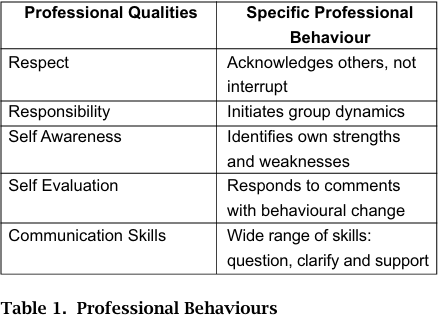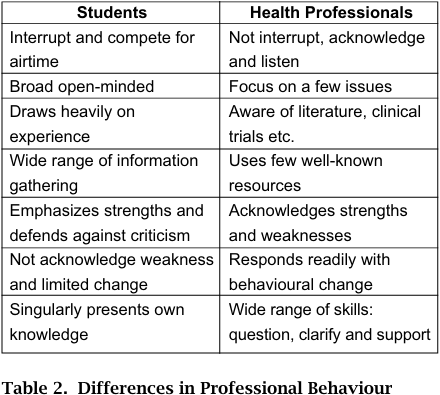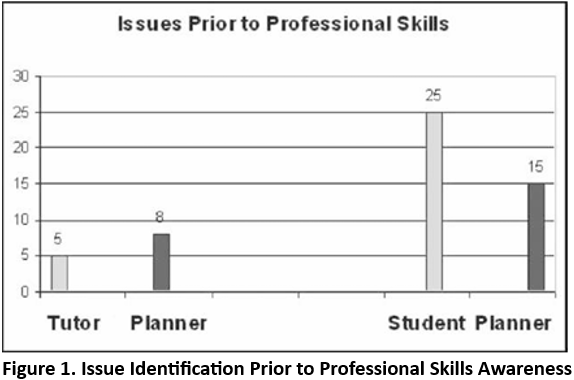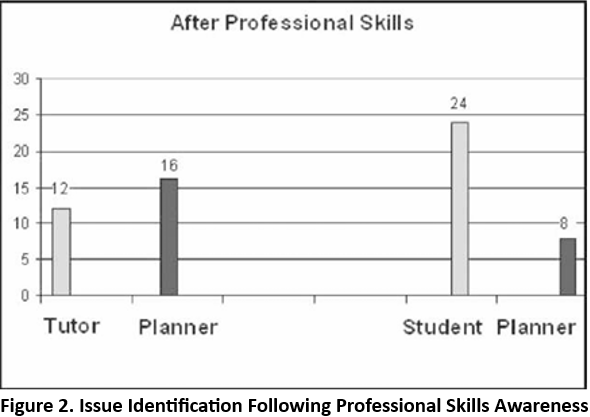

Grammar


Tenses


Present

Present Simple

Present Continuous

Present Perfect

Present Perfect Continuous


Past

Past Continuous

Past Perfect

Past Perfect Continuous

Past Simple


Future

Future Simple

Future Continuous

Future Perfect

Future Perfect Continuous

Passive and Active


Parts Of Speech


Nouns

Countable and uncountable nouns

Verbal nouns

Singular and Plural nouns

Proper nouns

Nouns gender

Nouns definition

Concrete nouns

Abstract nouns

Common nouns

Collective nouns

Definition Of Nouns


Verbs

Stative and dynamic verbs

Finite and nonfinite verbs

To be verbs

Transitive and intransitive verbs

Auxiliary verbs

Modal verbs

Regular and irregular verbs

Action verbs


Adverbs

Relative adverbs

Interrogative adverbs

Adverbs of time

Adverbs of place

Adverbs of reason

Adverbs of quantity

Adverbs of manner

Adverbs of frequency

Adverbs of affirmation


Adjectives

Quantitative adjective

Proper adjective

Possessive adjective

Numeral adjective

Interrogative adjective

Distributive adjective

Descriptive adjective

Demonstrative adjective


Pronouns

Subject pronoun

Relative pronoun

Reflexive pronoun

Reciprocal pronoun

Possessive pronoun

Personal pronoun

Interrogative pronoun

Indefinite pronoun

Emphatic pronoun

Distributive pronoun

Demonstrative pronoun


Pre Position


Preposition by function

Time preposition

Reason preposition

Possession preposition

Place preposition

Phrases preposition

Origin preposition

Measure preposition

Direction preposition

Contrast preposition

Agent preposition


Preposition by construction

Simple preposition

Phrase preposition

Double preposition

Compound preposition


Conjunctions

Subordinating conjunction

Correlative conjunction

Coordinating conjunction

Conjunctive adverbs


Interjections

Express calling interjection


Grammar Rules

Preference

Requests and offers

wishes

Be used to

Some and any

Could have done

Describing people

Giving advices

Possession

Comparative and superlative

Giving Reason

Making Suggestions

Apologizing

Forming questions

Since and for

Directions

Obligation

Adverbials

invitation

Articles

Imaginary condition

Zero conditional

First conditional

Second conditional

Third conditional

Reported speech


Linguistics

Phonetics

Phonology


Semantics


Pragmatics

Linguistics fields

Syntax

Morphology

Semantics

pragmatics

History

Writing

Grammar

Phonetics and Phonology

Semiotics


Reading Comprehension

Elementary

Intermediate

Advanced


Teaching Methods

Teaching Strategies
Professional Behavior
المؤلف:
Larry W. Belbeck & Shucui Jiang & Nicoleta Nutiu
المصدر:
Enhancing Teaching and Learning through Assessment
الجزء والصفحة:
P234-C20
2025-07-12
14
Professional Behavior
It was noted during these discussions in the first year that the course was offered, that students were very competitive, defensive of their own position and were less likely to change based on feedback from classmates.
During the second year, students were presented with "The McMaster Medical School Guide to Professional Behavior in Tutorial Meetings" (McMaster University, 2002). They were encouraged to follow these guidelines and this was part of the student self and peer assessment. Instructors encouraged positive behaviors during both classroom and electronic opportunities.
Table one is a summary of the professional qualities that we attempt to teach along with some specific examples.

When student behavior was compared with a group of practicing health care professionals, the following differences were noted at the end of the first year of the course.

During the second year of the course, there was a much less noticeable difference in professional behavior. The question of whether this conforming to an expected standard of professional behavior interfered with reasoning or identification of issues was tested by comparing the pattern of issue generation between the two groups. Since problems varied in scope and complexity, the comparison was made between either the student or health professional and the planner who wrote the problem. The relevancy of the issues was determined by experienced tutors who ran the workshops. Similar issues were grouped so that there was no inflation of student numbers.


In both trials, the students generated many more issues than health professionals and pursued these issues with a wider range of information resources.
Health care professionals focus on a few issues and use a limited set of references to confirm or review the essentials to manage the case. Most do not look for further problems, probably because they are used to working under time constraints in their practice.
Thus "early closure" or being too focused is a problem to be addressed in continuing education of physicians. The evidence of this in practice are the number of patients that once labelled with a particular disease are not investigated further or treated differently in spite of unusual findings or results being detected.
Students, in the academic setting think broadly and explore problems to a greater depth. This is not surprising as these behaviors are continually assessed in the academic environment. For students, the more they portray these behaviors, the greater the reward.
For health care professionals, there is not a great reward structure, but rather change occurs because of complaints, practice standards committees or litigation. All of these are at the lower end of the scale and are likely punitive.
 الاكثر قراءة في Teaching Strategies
الاكثر قراءة في Teaching Strategies
 اخر الاخبار
اخر الاخبار
اخبار العتبة العباسية المقدسة

الآخبار الصحية















 (نوافذ).. إصدار أدبي يوثق القصص الفائزة في مسابقة الإمام العسكري (عليه السلام)
(نوافذ).. إصدار أدبي يوثق القصص الفائزة في مسابقة الإمام العسكري (عليه السلام) قسم الشؤون الفكرية يصدر مجموعة قصصية بعنوان (قلوب بلا مأوى)
قسم الشؤون الفكرية يصدر مجموعة قصصية بعنوان (قلوب بلا مأوى) قسم الشؤون الفكرية يصدر مجموعة قصصية بعنوان (قلوب بلا مأوى)
قسم الشؤون الفكرية يصدر مجموعة قصصية بعنوان (قلوب بلا مأوى)


















